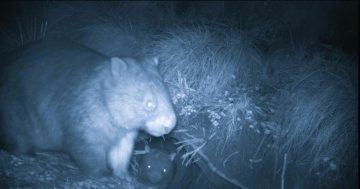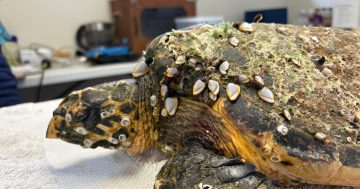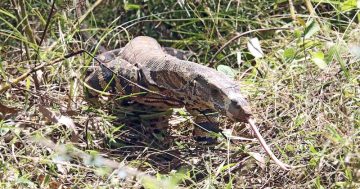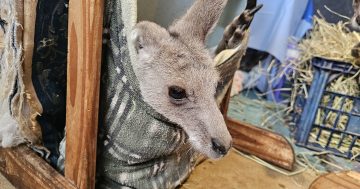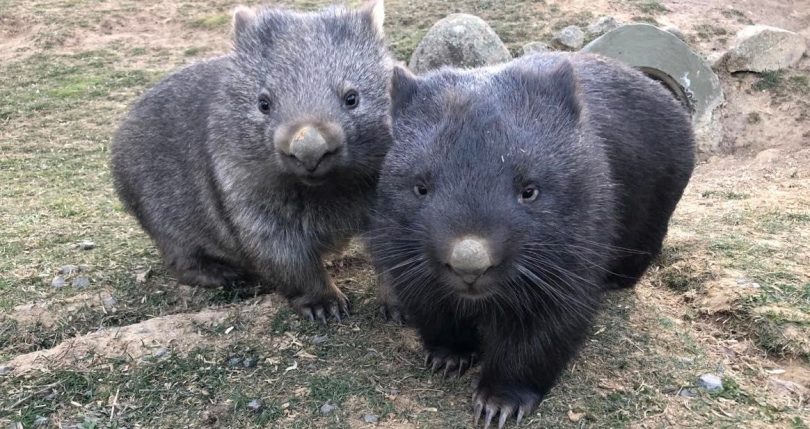
Although they can look cute, wombats are wild native animals and deserve to be treated with respect and care. Photo: File.
In her role caring for wombats and other animals as part of Wildlife Rescue South Coast, Danie Ondinea has recently noticed a curious trend.
People are increasingly calling rescue groups like hers down the coast, particularly Bermagui, reporting wombats around their homes and places they’ve never spotted before.
Danie believes recent torrential rain may have caused their burrows to flood and because at the time, many people and their pets were away from their homes, these wombats may have moved closer to the uncharacteristically quiet towns. Now, people are returning to their homes to discover wombats have taken up residence.
“We’re getting reports from Cobargo to Bermagui of resident wombats in the villages,” Danie said.
“It may be that the recent fires and then heavy rains have destroyed habitat and then flooded burrows and more wombats may be looking for safe places to graze and dry places to spend their days or dig their homes.”
Danie said her main message to people who had not seen wombats around until recently was not to panic. Yes, they are a wild native animal, so you shouldn’t handle them unless you’re a qualified wildlife expert – but there’s little reason to fear they’re going to destroy your home with their digging.
“They might be remarkable diggers but they’re unlikely to destabilise the foundations of a house,” she said.
“If they’ve been flooded out of their burrows, they’re out and about more because they’re looking for somewhere safe to go.”
Danie said she believed the animals sometimes knew when humans were trying to help them. She had once spotted one on her property that was covered in mange and clearly in distress.
“He looked shocking. Completely covered in scabs, but now you hardly notice he has it,” she said.
Danie said he was treated with a pour-on application used to treat mites in cattle and deer. Although mange in wombats is harder to treat because of the animals’ thick skin and fur, it is currently the only option for wildlife rescuers under a permit issued by the Wombat Protection Society of Australia.
“With this particular wombat, we’d give him these pellets to eat. I’d give him a scratch and then apply the treatment and he’d wander off,” she said.
“The funny thing was that I felt he knew we were helping him feel better – like somehow he connected with us because he got relief from the itching.”
Danie said although rescue groups were there to help they were almost always run by volunteers, not all of whom could race out on emergency calls in the middle of the night.
She said the best thing people could do was act immediately after seeing a wombat near their home.
“If a wombat has been there for months, it’s going to be pretty hard for us to move it. People should tell us as soon as they spot them,” she said.
“Sometimes if you just shine a light where they’ve dug the burrow and put the radio on, that could well deter them from setting up home.
“But it’s important to remember they’re wild animals and they get stressed very easily. They can’t cope with being caught, which is why if they’re caught and shut up in a laundry they’ll probably die of stress.”
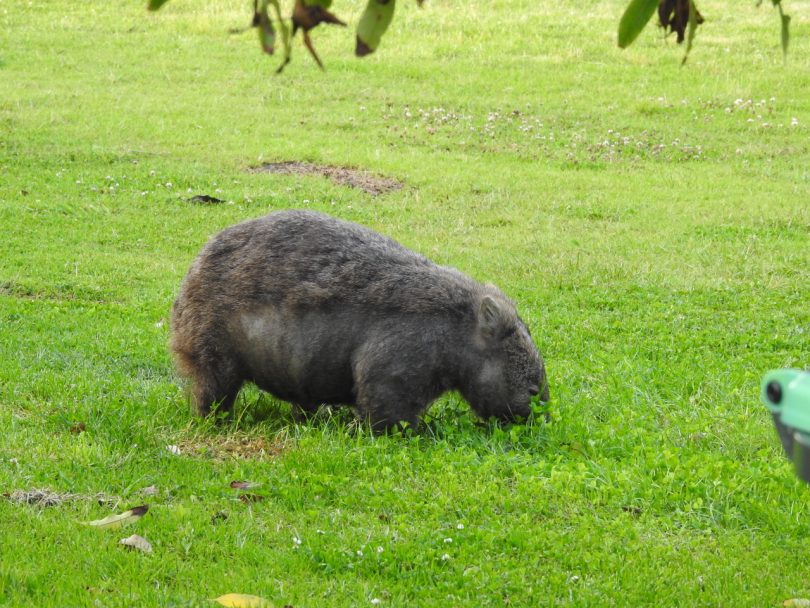
Bluey the wombat grazes near Bermagui’s blue pool, on the mend after treatment for mange. Photo: Liz Milner.
But there have been some success stories, like Bluey the wombat’s. Found mange-ridden and grazing near Bermagui’s blue pool, he is now almost free of the disease. He was spotted late last year and has since allowed one of the Wildlife Rescue South Coast volunteers to apply the anti-mange treatment via a long pole regularly.
Bluey is now well on his way to recovery.
Danie said rescue groups such as hers were always looking for volunteers. The primary skill required, apart from a passion for wildlife, was commitment.
More information about what to do if you have wombats around your home is available from the Wombat Protection Organisation.
If you’re on the South Coast, there’s plenty of advice on the Wildlife Rescue South Coast website or in case of emergencies, call the hotline at 0417 238 921.








